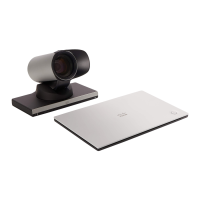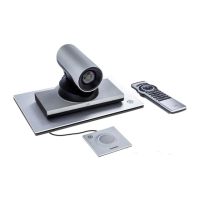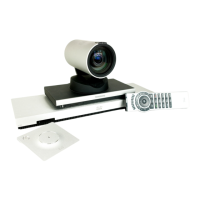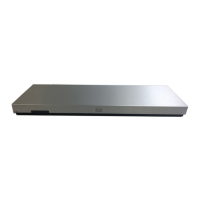D15328.04 SX80 Administrator Guide CE8.2, OCTOBER 2016. www.cisco.com — Copyright © 2016 Cisco Systems, Inc. All rights reserved.
30
Cisco TelePresence SX80 Administrator Guide
You need the following files:
• Certificate (file format: .PEM)
• Private key, either as a separate file or included in the same
file as the certificate (file format: .PEM format)
• Passphrase (required only if the private key is encrypted)
The certificate and the private key will be stored in the same file
on the video system.
The certificates and certificate issuers in the illustration are examples. Your system has other certificates.
Manage the service certificates of the video system
About the service
certificates of the video
system
Certificate validation may be required
when using TLS (Transport Layer
Security).
A server or client may require that the
video system presents a valid certificate
to them before communication can be
set up.
The video system’s certificates are text
files that verify the authenticity of the
system. These certificates may be issued
by a certificate authority (CA).
Certificates are used for the following
services: HTTPS server, SIP, IEEE 802.1X
and audit logging.
You can store many certificates on the
video system, but only one certificate can
be enabled for each service at a time.
If authentication fails, the connection will
not be established.
Sign in to the web interface and navigate to Security > Service
Certificates.
Add a certificate
1. Click Browse... and find the
Certificate file and Private key
file (optional) on your computer.
2. Fill in the Passphrase if required.
3. Click Add certificate... to store
the certificate on the video
system.
Enable or disable, view or
delete a certificate
Use the On and Off buttons to
enable or disable a certificate for
the different services.
Use the corresponding button to
view or delete a certificate.
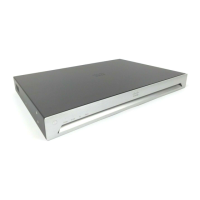
